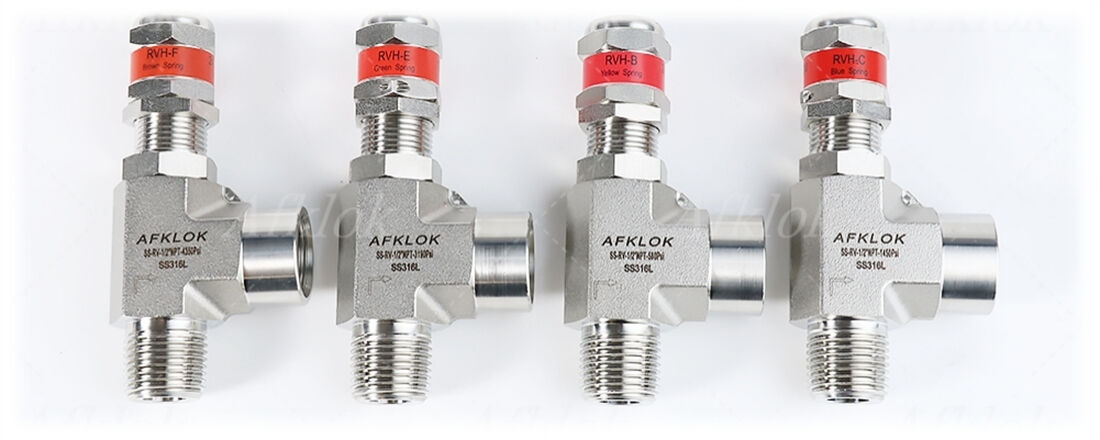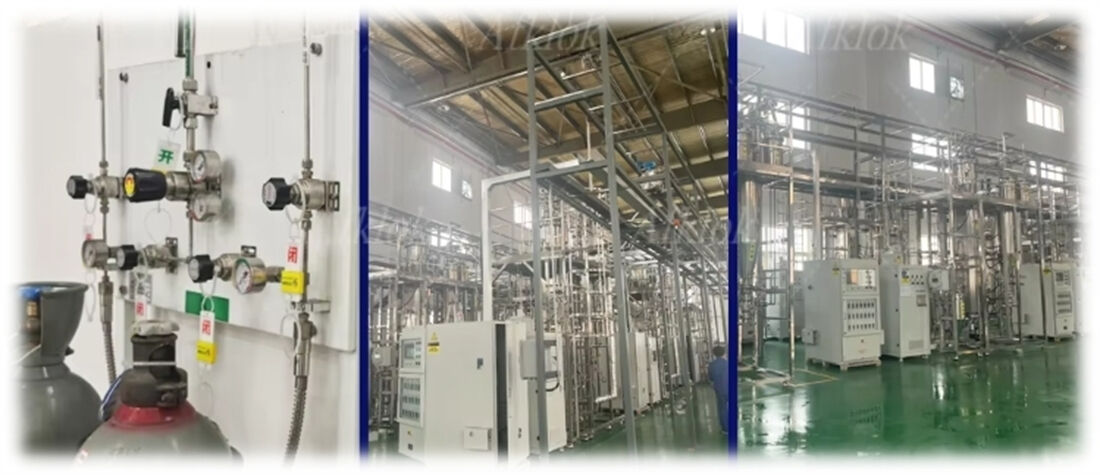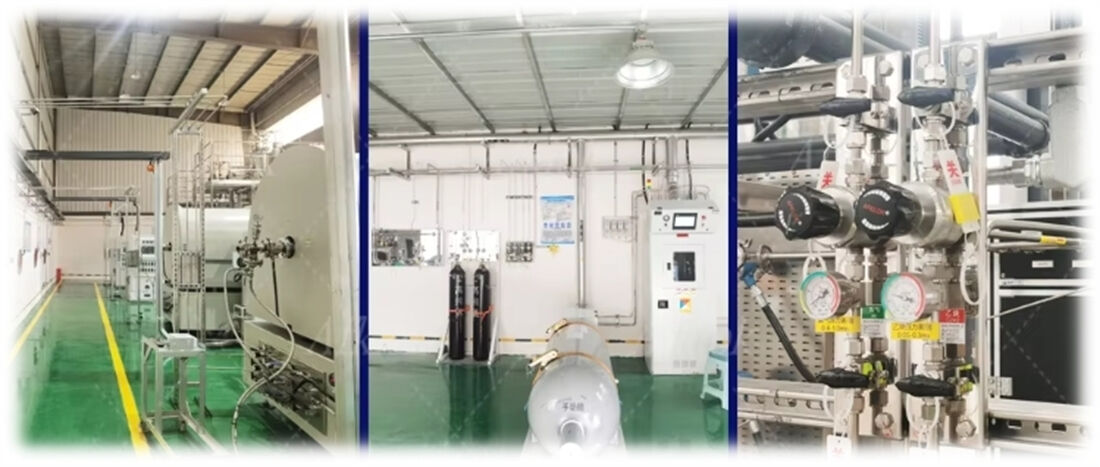Предохранительные клапаны из нержавеющей стали: применение и методы использования
В области промышленной безопасности предохранительные клапаны из нержавеющей стали служат последней линией защиты для систем под давлением, играя решающую роль в предотвращении аварий, вызванных избыточным давлением, и обеспечивая защиту как оборудования, так и персонала. Они широко используются в ключевых отраслях, таких как нефтегазовая, энергетика, пищевая и фармацевтическая промышленность, обеспечивая такие важные характеристики, как коррозионная стойкость, устойчивость к высоким температурам и высокая точность.
I. Принцип действия: баланс давления и автоматическая работа
Предохранительные клапаны работают на основе баланса между силой пружины и давлением рабочей среды:
Закрытое состояние: Когда давление в системе ниже заданного давления, сила пружины удерживает диск плотно прижатым к седлу.
Открытие и сброс: Когда давление превышает заданное значение, среда давит на диск, открывая его для быстрого сброса давления.
Повторное уплотнение: Как только давление вернется к норме, усилие пружины закроет диск, возвращая его в положение уплотнения.
Типичные материалы, такие как нержавеющая сталь 316L, обладают устойчивостью к коррозии хлорид-ионами, в то время как дуплексная нержавеющая сталь 2205 подходит для условий с переменной высокой и низкой температурой.

II. Методы применения: Стандартизированная эксплуатация для обеспечения безопасности
Установка и калибровка:
Откалибруйте заданное давление в соответствии с проектным давлением системы, отклонение должно находиться в пределах ±1%.
Обеспечьте соответствие пропускной способности требованиям рабочей среды трубопровода для минимизации влияния обратного давления.
Эксплуатационный мониторинг:
Используйте акустическую эмиссию или технологию цифрового двойника для мониторинга в реальном времени и раннего предупреждения о возможных неисправностях.
Регулярно проверяйте уплотнительные поверхности и движение штока клапана, чтобы предотвратить утечки или заклинивание.
Устранение неполадок:
Незначительные утечки можно устранить шлифовкой уплотнительной поверхности; при сильных повреждениях может потребоваться лазерная сварка или замена детали.
При заклинивании штока можно восстановить подвижность с помощью высокого давления для очистки или специализированных смазок.


III. Стратегия технического обслуживания: Ступенчатое обслуживание для продления срока службы
Техническое обслуживание: Очищайте корпус клапана каждые 3 месяца и проверяйте наличие коррозии и износа; ежегодно проверяйте твердость пружины и герметичность.
Технические улучшения: Наносите керамические покрытия для повышения износостойкости или переходите на металлические упругие уплотнительные кольца в условиях высоких температур, что значительно увеличивает интервалы обслуживания.
 EN
EN
 AR
AR
 HR
HR
 CS
CS
 NL
NL
 FR
FR
 DE
DE
 IT
IT
 JA
JA
 KO
KO
 NO
NO
 PL
PL
 PT
PT
 RO
RO
 RU
RU
 ES
ES
 SV
SV
 TL
TL
 ID
ID
 VI
VI
 MT
MT
 TH
TH
 TR
TR
 AF
AF
 MS
MS
 AZ
AZ

